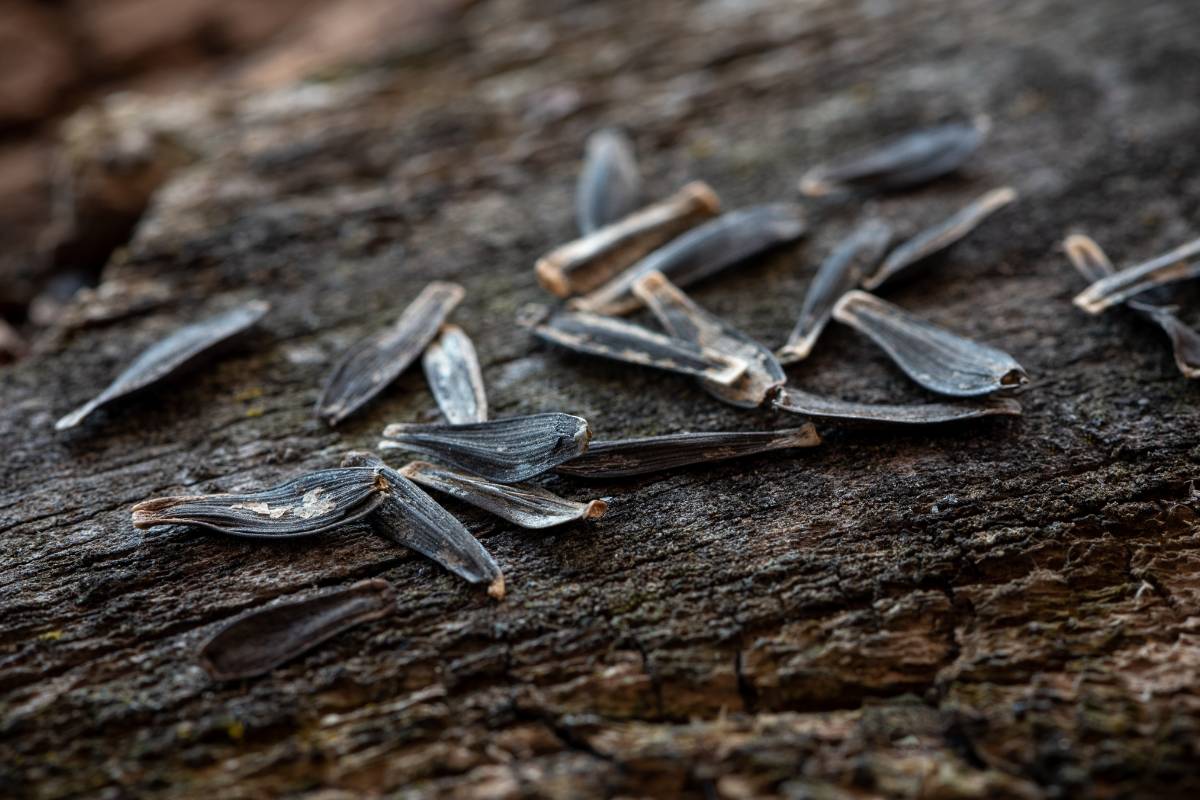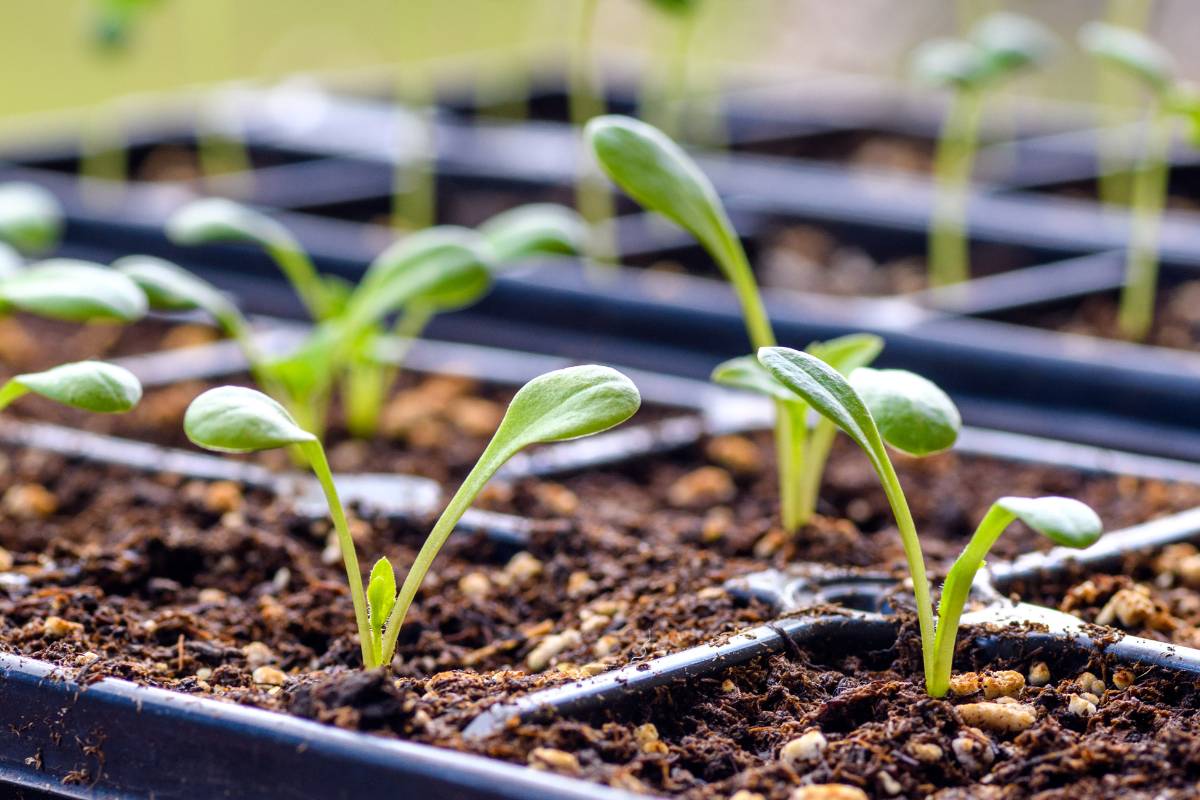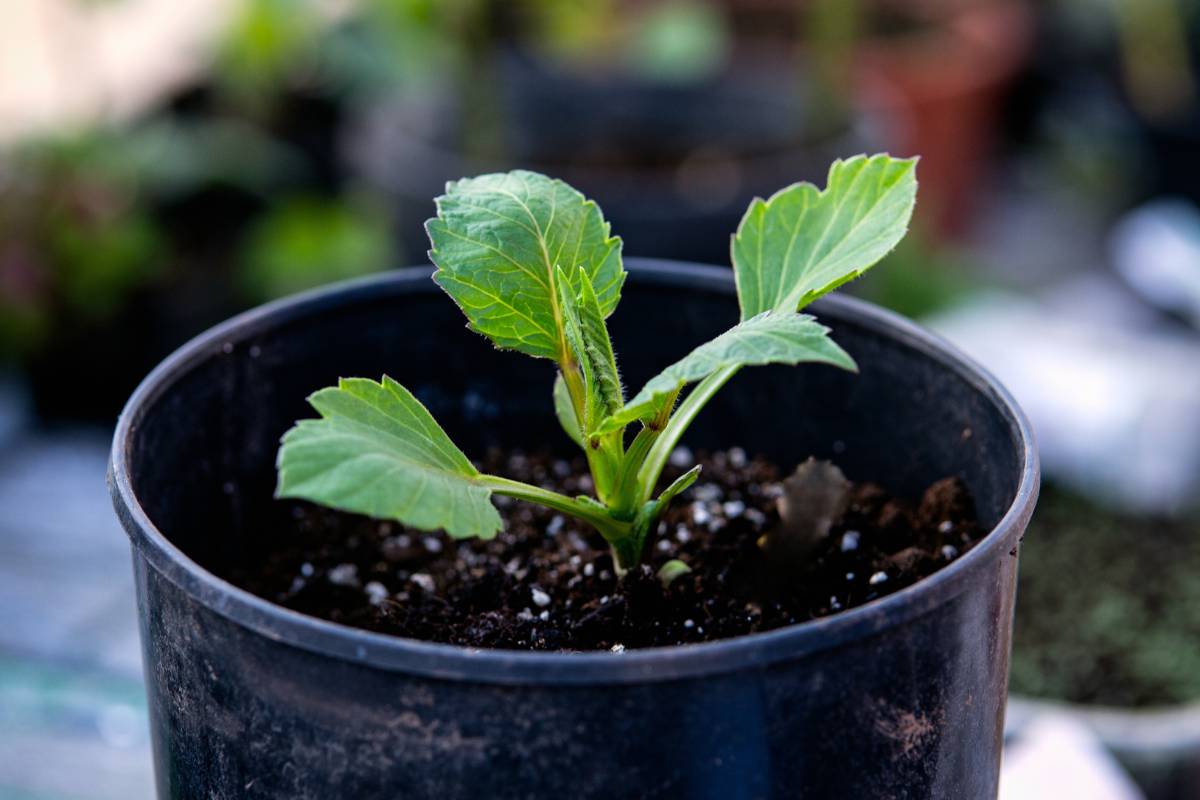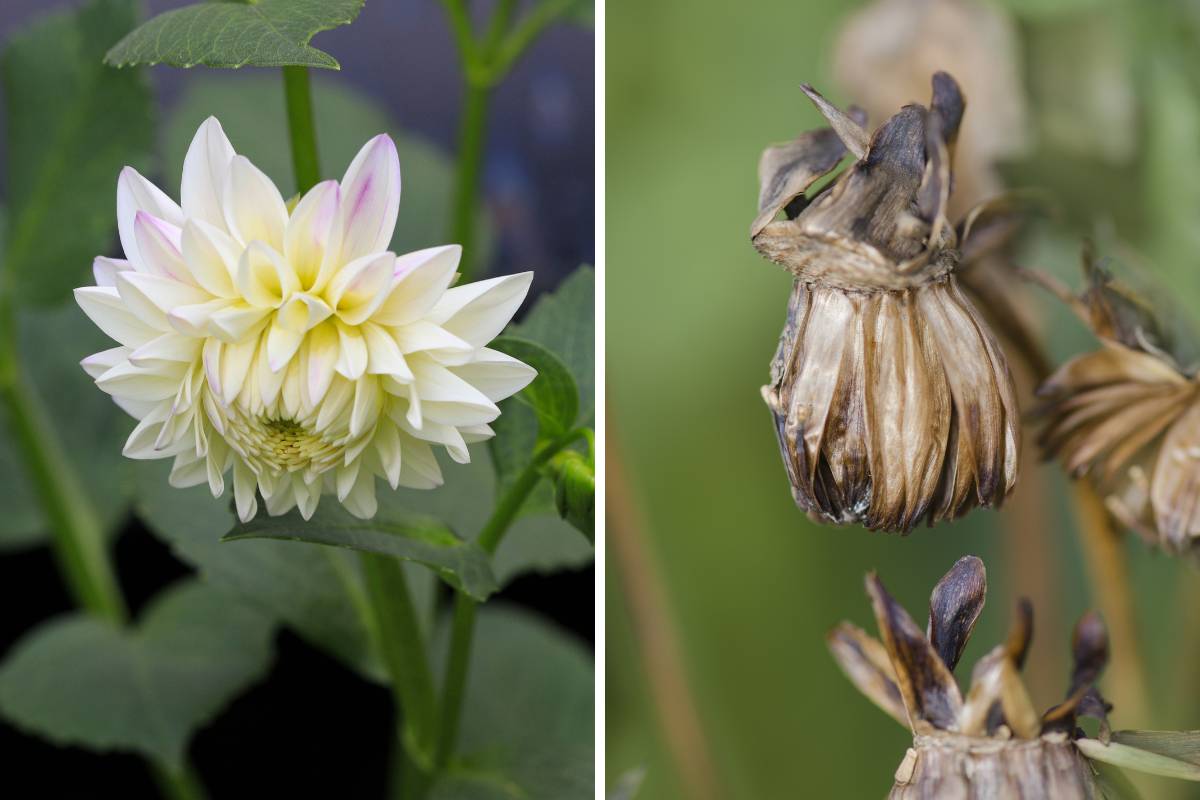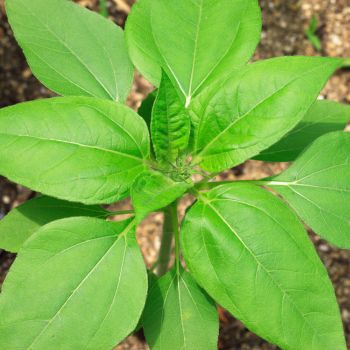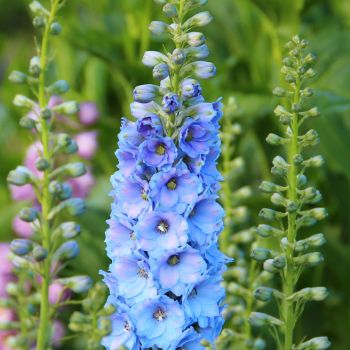While growing from tubers is the most popular option for growing dahlias, cultivating them from seed offers some advantages, such as affordability and the potential for exciting variations. Saving dahlia seed is easy, and while most of the flowers you grow are likely to be variations on a theme, there’s also a chance that a unique seedling with unusual colouring, size or other appealing characteristics will spring up in your patch. Who knows, you may even grow and develop the next must-have dahlia cultivar!
Why Grow Dahlias from Seed?
Let's begin by discussing the reasons why seed may be a good option. Firstly, seed is the most economical choice for growing dahlias. Tubers can be costly, particularly if you’re building a diverse collection. By starting from seed, you can save money while enjoying the flexibility of experimenting with different flower colours, shapes and sizes.
Secondly, dahlia seed is readily available. In Australia, interstate biosecurity for tubers and other plant material limits what’s available to some gardeners. So long as paperwork and inspection requirements are met, dahlia seeds can be posted Australia-wide.
Perhaps most exciting, though, is that growing dahlias from seed introduces an element of excitement and surprise. While tubers produce exact clones of the parent, seeds have in-built genetic diversity. Each seedling may reveal unique blooms, displaying characteristics not present in its parents. Embracing this natural diversity is akin to participating in a gardening lottery, heightening the anticipation of seeing what type of flower each seedling will produce.
Buy Seed, or Save Your Own?
Purchasing seed is the easiest and most convenient option. Because dahlia seeds don’t grow true to type, seeds are usually sold as mixes. Luckily for gardeners, commercial seed growers produce mixes of a single flower type, for example cactus, single or decorative. Some mixes also reliably produce flowers of one type and colour, such as the orange anemone flowers of ‘Sunny Reggae’ or the single sunset tones of ‘Fireworks Mix’.
On the other hand, saving your own seed is easy (and free), involving just a little work at the end of the season. Most home gardeners don't go to the trouble of isolating and hand pollinating flowers, so a more random mix of flower types and colours can be expected from homegrown seeds, depending on the types of dahlias you and your neighbours grow.
How to Save Dahlia Seeds
- Leave a few flowers on the plants to go to seed; to get the best of both worlds in terms of cut flowers and seed, do this at the end of the season as plants will produce fewer flowers once they set seed. Seeds are formed in the centre of the flower, called the disc florets.
- Leave seed heads on the plant to dry, or cut and hang them in a sheltered position for a few weeks.
- Once the seed heads are dry the seeds can be removed by hand. Pull apart the seed heads over a plate or tray. Dahlia seeds are small, sturdy, black and pellet-shaped; they are wedged between the dried petals. Remove all petals and other chaff so only the seeds remain.
- Before storing your seeds, test them for dryness: when pressed between your finger and thumb they should snap rather than bend. Label and store the seeds in a paper envelope until it's time to plant them.
Sow seed in spring directly in the garden, planting them 10mm deep and spacing them 30cm apart. Seeds should germinate in 3 to 5 days. See our grow guide for comprehensive instructions.
Dahlia Seed FAQ
Do dahlias grown from seed produce tubers?
Seed-grown dahlias produce tubers just like tuber-grown plants, and this gives gardeners a way to clone seed-grown plants to produce the same flowers in future generations. If you like a seedling, the most reliable way of replicating it in future years is by propagating the tuber - either label and leave it in the ground or lift, divide and replant it.
Why do my saved seeds produce single flowers?
Because bees can access the pollen of single flowers more easily than flowers with closed centres, don’t be surprised if many of the flowers produced from saved seed are singles. One way to overcome this is to save seeds from a double cultivar that you like (if that’s the type of seedling you want); you then know that at least one of the seeds’ parents is contributing the genetics for double flowers to the seed.
Do I have a new cultivar?
In theory, each seed-grown dahlia has its own unique genetic make-up. If you grow a seedling you particularly like, you can save and divide its tubers, give them away to friends and enjoy your own creation. There are a few more steps, however, before you can officially claim to have a new cultivar.
First, the dahlia should be grown for a number of seasons to make sure it’s genetically stable (i.e. continues to produce flowers with the desired characteristics). Next, you will need to grow and divide the tubers for a number of seasons to ‘bulk up’ your supply so you have enough to sell or give away. Finally, if your seedling is destined for the show bench it will need to be shown and assessed in dahlia society shows before it’s officially accepted as a named cultivar.
Embracing the natural genetic diversity of seed-grown dahlias can add a sense of adventure to your gardening experience. Whether purchasing or saving your own seeds, exploring this method opens doors to new possibilities in dahlia cultivation, making it a rewarding journey for any gardener.
